A random-code technique has been used at Arecibo to obtain delay-Doppler radar images of the full disk of Mercury. Anomalously bright features were found at the north and south poles. The north polar feature is oblong (4° by 8°) and offset from the pole. The smaller south polar feature is mostly confined to the floor of the crater Chao Meng-Fu. The polar locations and radar properties of these features indicate that they may be produced by volume scattering in ice. The images also reveal a variety of more subdued reflectivity features ranging in size from hundreds to thousands of kilometers; some of these appear to have an impact origin.
Category: space – Page 1,009
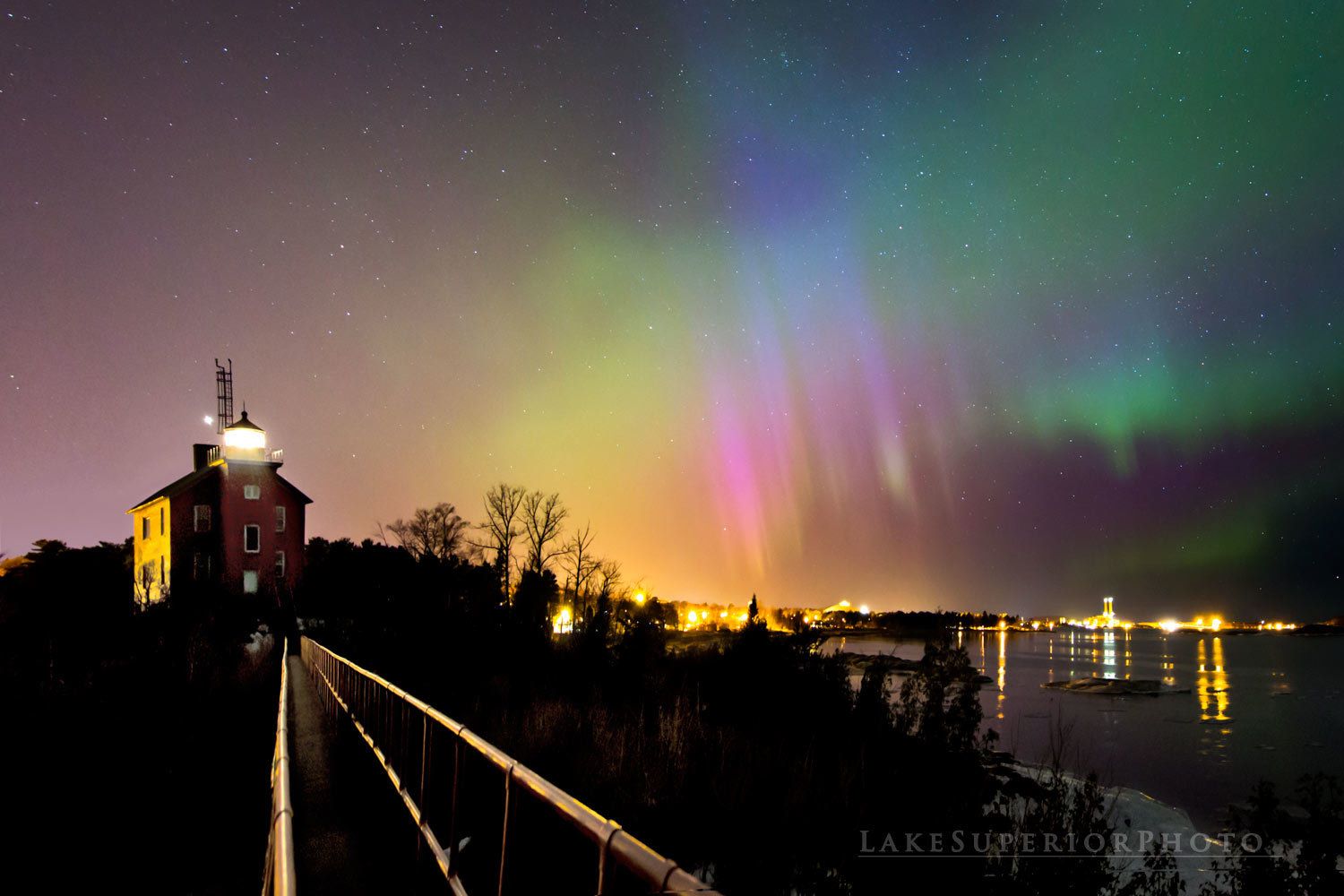
‘Interplanetary Shock Wave’ Spawns Electric-Blue Auroras
A moderate geomagnetic storm kicked up in Earth’s skies Friday morning (April 20), bringing green and rare electric-blue auroras that stretched as far south as Indiana.
The space-weather news site Spaceweather.com reported that an “interplanetary shock wave” hit Earth’s magnetic field at about 3:50 a.m. EDT (2350 on April 19 GMT), quadrupling the intensity of the flow of particles streaming from the sun toward Earth, called the solar wind. The incoming wave of material resulted in a G2-level, or moderate, geomagnetic storm, according to the National Oceanic and Atmospheric Administration’s Space Weather Prediction Center (SWPC). These types of storms can cause power grid fluctuations and have some impact on radio communications. [See Spectacular Photos of Auroras from Space]
And they also cause enhanced auroras. This storm led to auroras possibly reaching through Canada and as far south as New York, Wisconsin and Washington state in the U.S., the SWPC said.
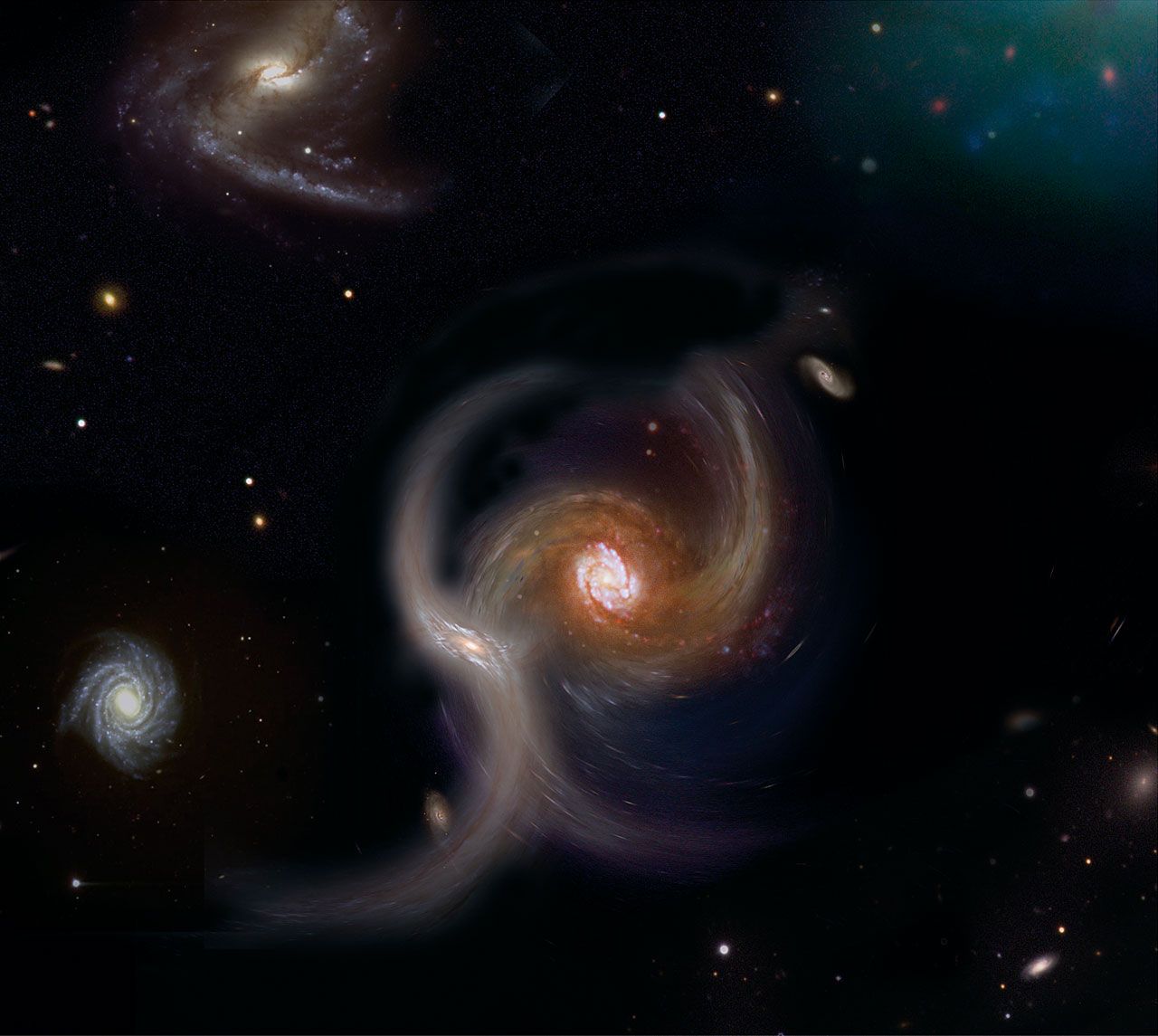
See The First-Ever 3D Virtual Reality Film Shot In Space, Courtesy Of National Geographic [Video]
Tour the ISS to catch up with the astronauts and hear their testimonials about what it feels like to watch Earth from space every day.
The National Geographic Channel has one major treat coming up for its viewers, reports Space.com.
Channel officials have disclosed the tantalizing news that they have made the first 3D Virtual Reality (VR) film ever shot in space.
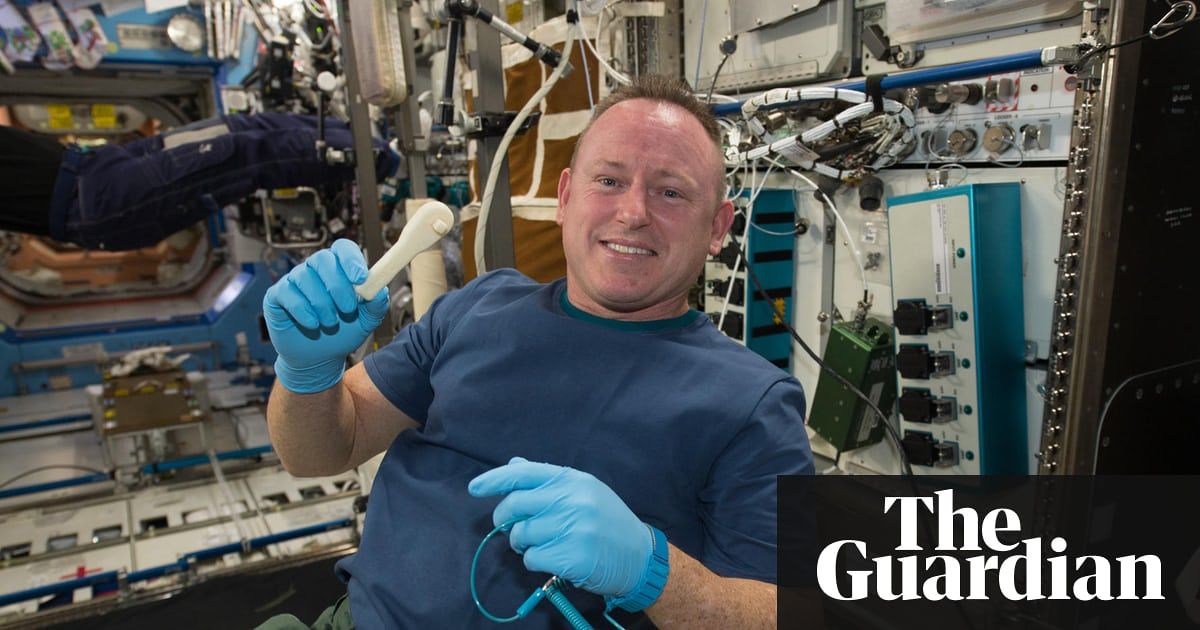
‘It’s about expanding Earth’: could we build cities in space?
Meet the startup hoping to colonise the final frontier, one zero-gravity 3D printer at a time.
Jim Bridenstine Confirmed as New Head of NASA
The Senate just made a non-scientist head of NASA.
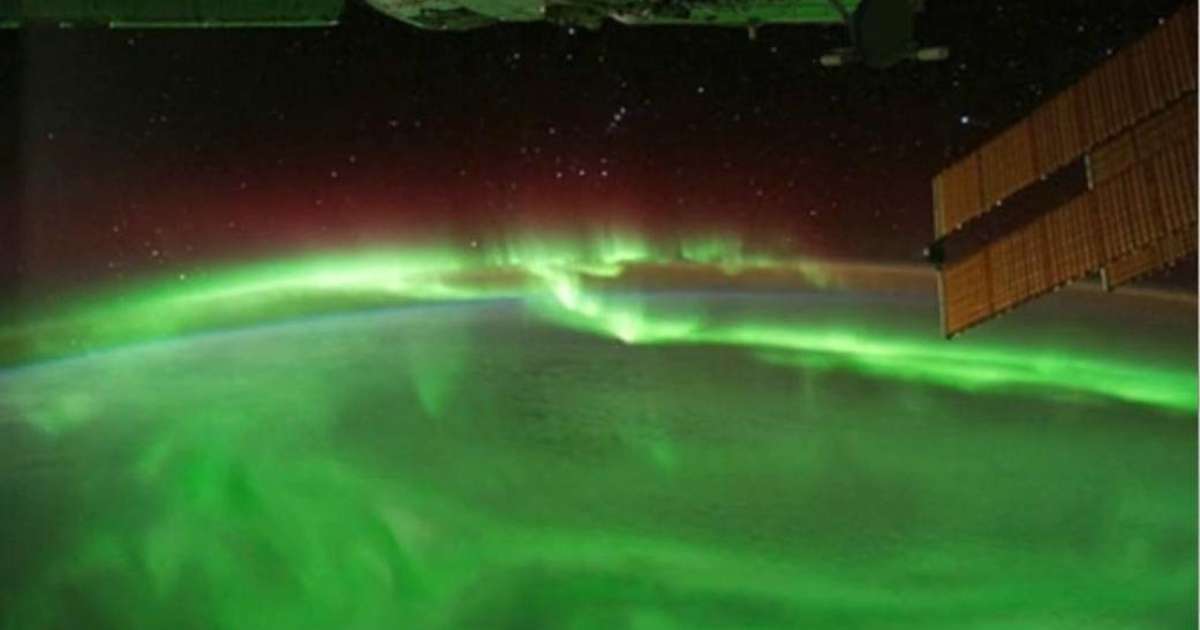
How to become a space tourist: 8 companies (almost) ready to launch
And, in addition to these heavy hitters, there are quite a few other companies offering tourists a chance to reach space, too. Some are farther along in development than others, and there are always reasons to be skeptical when talking about space tourism. We’ve seen plenty of similar ventures come and go over the years without making it to space. But we choose to remain optimistic. Here are the most recent commercial space programs that would love to take you out of this world—for a price.
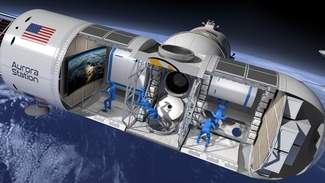
An illustration of what the interior of Orion Span’s Aurora Station might look like.
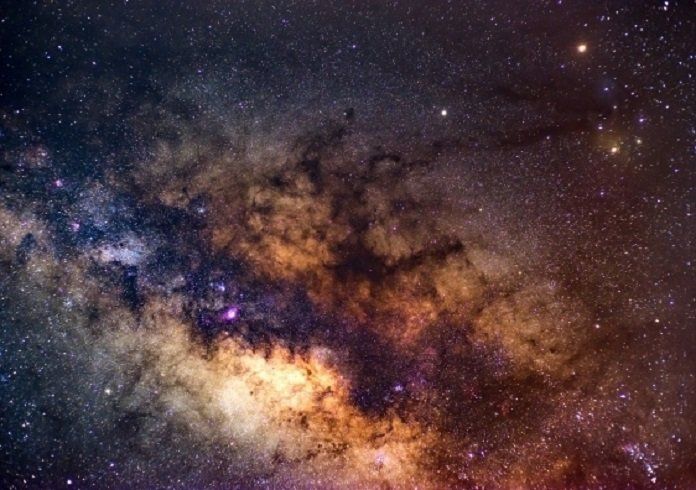
Finding lost siblings of the Sun
UNSW scientists in collaboration with European scientists demonstrated that the “DNA”, or spectra, of more than 340,000 stars in the Milky Way could aid them to search the siblings of the Sun, now scattered across the sky.
Scientists actually are working on project GALAH, the survey observations for the ambitious galactic archaeology project- which launched in late 2013 as part of a quest to uncover the formulation and evolution of galaxies. Scientists gathered the data from HERMES spectrograph at the Australian Astronomical Observatory’s (AAO) 3.9-metre Anglo-Australian Telescope near Coonabarabran in NSW to collect spectra for the 340,000 stars.
The data shows that how the Universe went from having just hydrogen and helium soon after the Big Bang to being loaded with every one of the components show now on Earth that is fundamental forever.

YC Bio Providing Lab Space for Biotech Startups Working on Aging
Y Combinator announces the first wave of support for biotech startups working on aging.
Earlier this year, the Y Combinator (YC) community showed interest in supporting biotechnology focused on healthspan and age-related disease. The YC community is an influential part of the Bay Area technology-focused industry in California. It was great to hear that it was planning to support biotech startups working on aging through its YC Bio program.
The first area we’re going to focus on is healthspan and age-related disease—we think there’s an enormous opportunity to help people live healthier for longer, and that it could be one of the best ways to address our healthcare crisis.
YC Bio launches in June with lab space for biotech startups
The YC Bio program has started to move forward with an announcement that from June, the bio companies will all have access space at Bonneville Labs.
